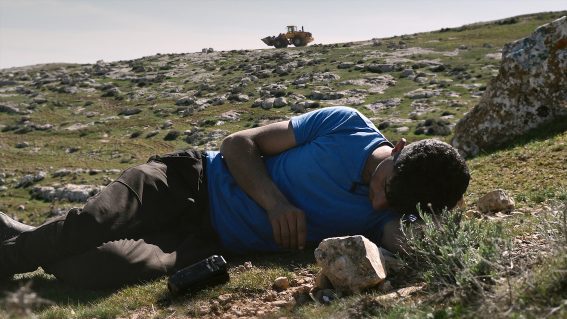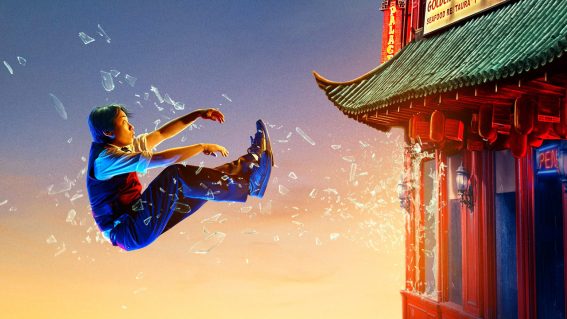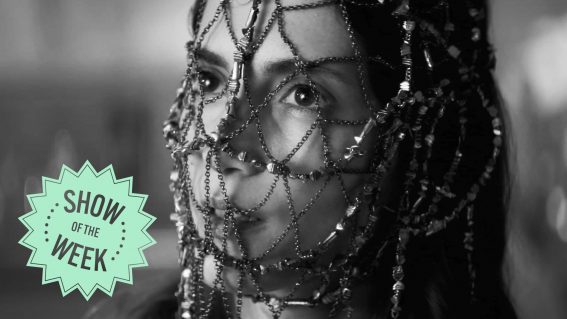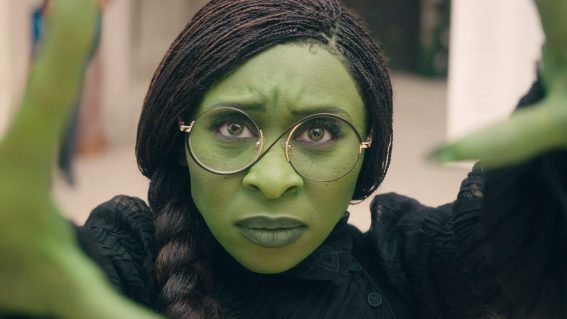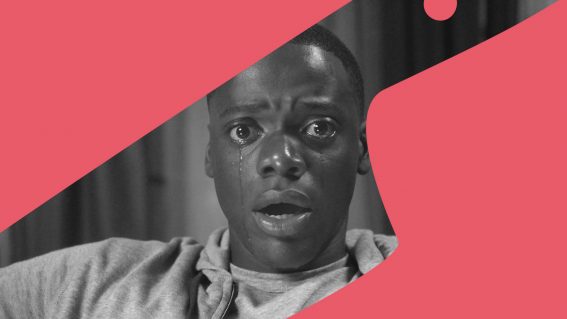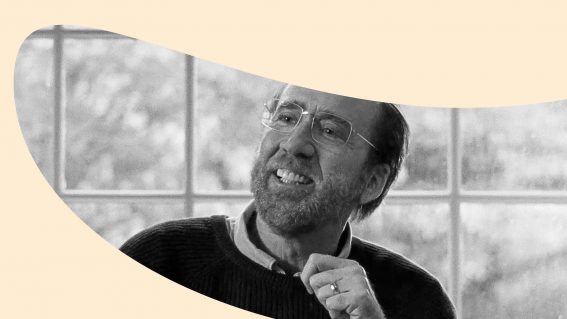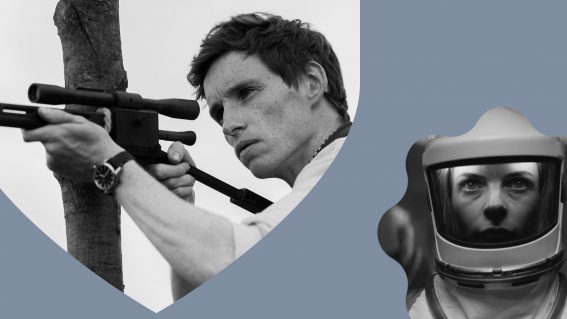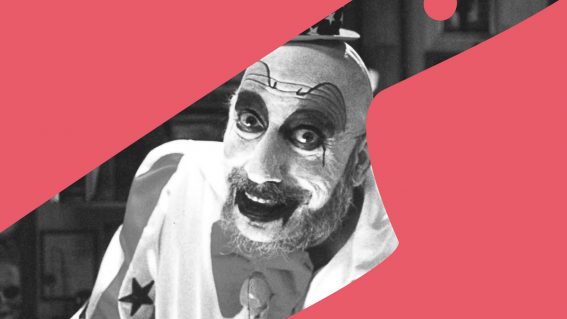Are Hollywood movies becoming morbidly obese? Why ‘longer’ does not mean ‘better’
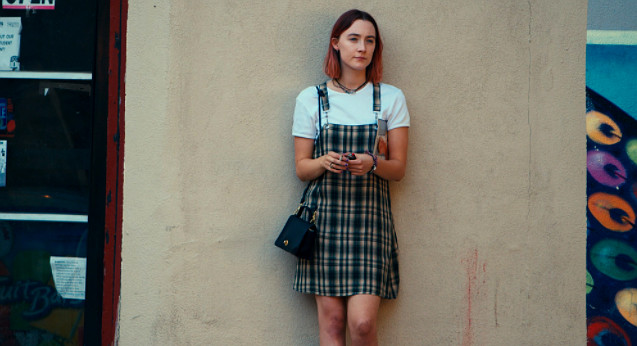
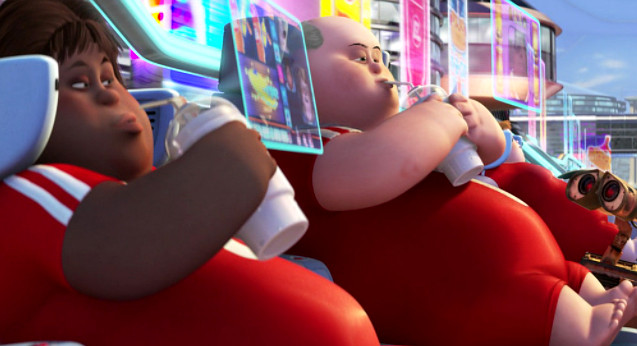
American cuisine is best-known for its wide range of waist-expanding dishes, from burgers as big as car batteries to Bible-thick steaks and countless menu items prefaced with “fried.” Fork-waving enthusiasts of fatty foods seem intent on proving that the prophecy of Wall-E, with obese people whizzing around on flying armchairs, will come to pass. And just as America is the fattest nation on earth, it also manufactures an extraordinary amount of cinematic obesity.
Of the top ten films released in America last year, only a couple run for less than two hours. “Run” perhaps being the wrong word, given not even their greatest fans would say these movies were fast paced. The longest, Star Wars: The Last Jedi, clocks in at 152 minutes – the cinematic equivalent of a quadruple bypass burger. Other morbidly obese big-hitters include Wonder Woman (149 minutes), Guardians of the Galaxy Vol 2 and The Fate of the Furious (both 138 minutes).
These aren’t great films (sorry Last Jedi superfans) but nor do they set out to explore depth of the human condition. They exist primarily to entertain, and would be better at it if they were pithier and sharper. They belong to a culture that buys into the false assumption perpetuated by the stereotypical, grease-slathered American restaurant: that bigger is better.
I went to the cinema recently and watched two films that, refreshingly, were no longer than they needed to be: the charming French documentary Faces Places (90 minutes) and the coming of age dramedy Lady Bird (94 minutes). One scene in the latter is edited with a rigor that is sadly not all that common, with many filmmakers condescending to viewers by belabouring messages that could’ve been communicated in a fraction of the time.
The protagonist (Saoirse Ronan) moves to a new city and walks through a suburban neighbourhood. The director Greta Gerwig displays four images, one after the other, the character in roughly the same position on the frame as the background changes. The point of the scene, which totals about ten seconds of running time, is obvious: the protagonist is deep in thought, in a state of mental and geographical flux. We don’t need to see her bump into a character who says “hey, watch where you’re going!” for us to understand that.
The classic 1959 French crime drama Pickpocket (recently added to SBS on Demand) is an even finer example of narrative economy. The director Robert Bresson packs a huge amount into 72 minutes. In one memorable moment the titular character Michel (Martin LaSalle) visits his bedridden mother, who informs him that she is dying. The protagonist rejects this, responding: “Tomorrow you’ll be better…I’m sure of it.”
Bresson immediately cuts to a shot of Michel at a funeral. The camera moves into his face, showing a tear rolling down a cheek, in one unbroken image that lasts less than a minute. No dialogue is required to communicate that mother did not get better and passed away.
Alfred Hitchcock famously said, “What is drama but life with the dull bits cut out?” The problem with many films is that the dull bits stay in. Edgar Wright is one example of a contemporary director who understands the pleasures of narrative economy; about ripping those dull bits out. His films (which include Shaun of the Dead, Hot Fuzz and The World’s End) are peppered with storytelling moments that are compact, entertaining and visually inventive.
One shot in Wright’s recent crime caper Baby Driver arrives immediately after it is suggested the protagonist (Ansel Elgort) ought to get a job as a pizza delivery man. In a single image we see Baby enter a pizzeria in plain clothes and, exit in uniform. We don’t need to witness an interaction with the boss inside to understand that he got the job.
Innovative editing is also used to extend rather than contract time. Short dull bits can become long and interesting bits. The classic, textbook example of time-extending editing is the famous Odessa Steps sequence in the 1925 film Battleship Potemkin.
Some films make up for a lack of narrative efficiency in other ways. The sublime Sweet Country (now playing in cinemas) has long and meditative silences, where the beauty of the Australian landscape is soaked up like a sponge. The director Warwick Thornton uses these occasions to push viewers in specific emotional directions.
Others spend valuable time developing characters and themes. Many fine films are long, of course, but the best ones justify their length. Filmmakers often make the mistake of believing that slow moments are necessary to build emotional investment.
Sometimes they are, most of the time they aren’t. The unforgettable opening of Up brilliantly demonstrates that clever artists don’t need huge amounts of time to profoundly move people. Unnecessarily flabby films are not an exclusively American thing (nor a new thing) though the highest profile offenders tend to come from Hollywood.
On this subject, people have said to me things like: ‘going to movies is expensive nowadays, I want to spend as much time there as possible.’ Or: ‘minding the kids is hard and longer movies help.’
I sympathise with these perspectives, though they are another way of saying art should be created not to enlighten or entertain, but to consume a person’s time – a ridiculous and fatuous argument. When it comes to movie lengths, bigger is not necessarily better. Longer does not – and never will – mean greater bang for buck.

